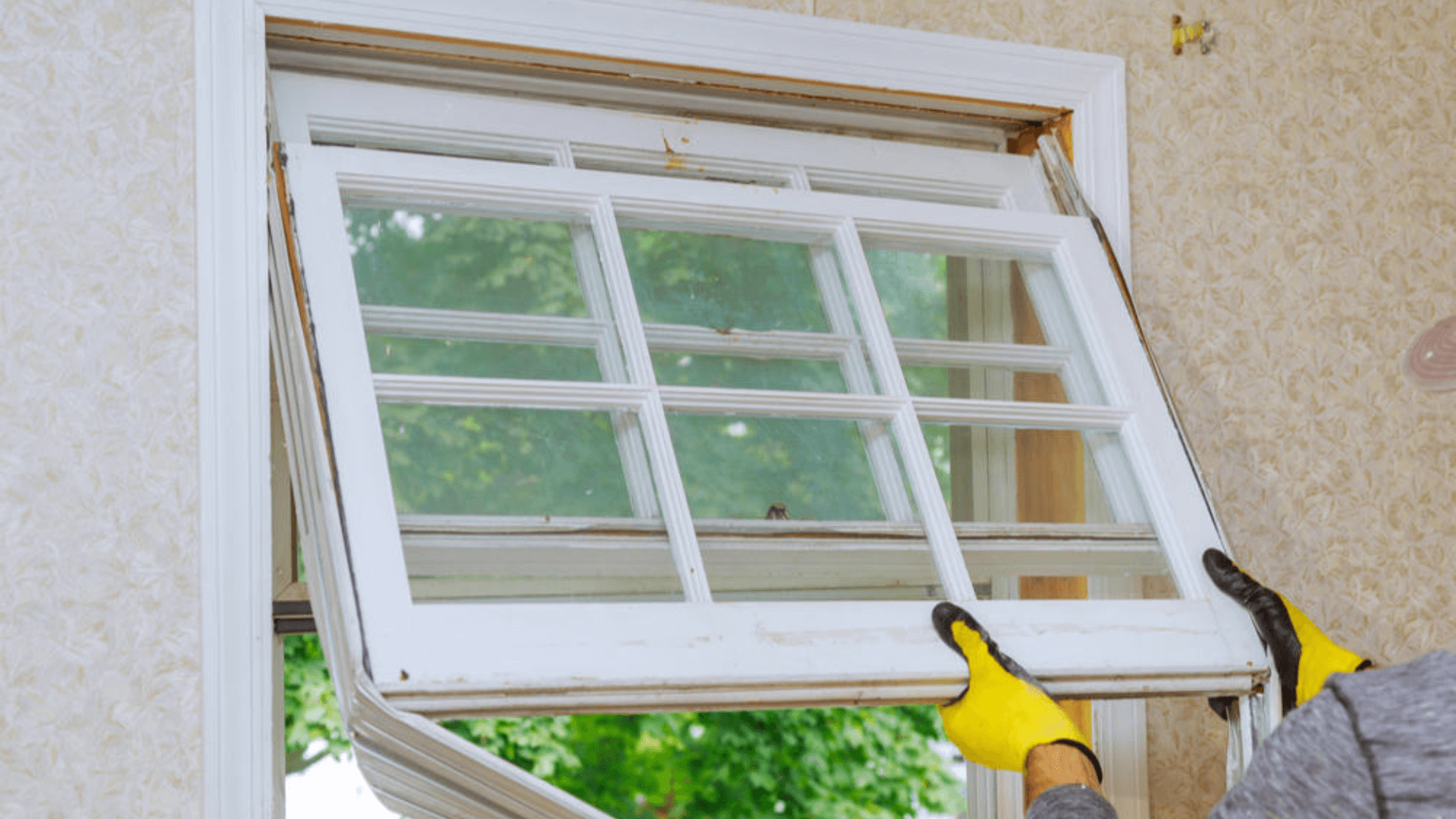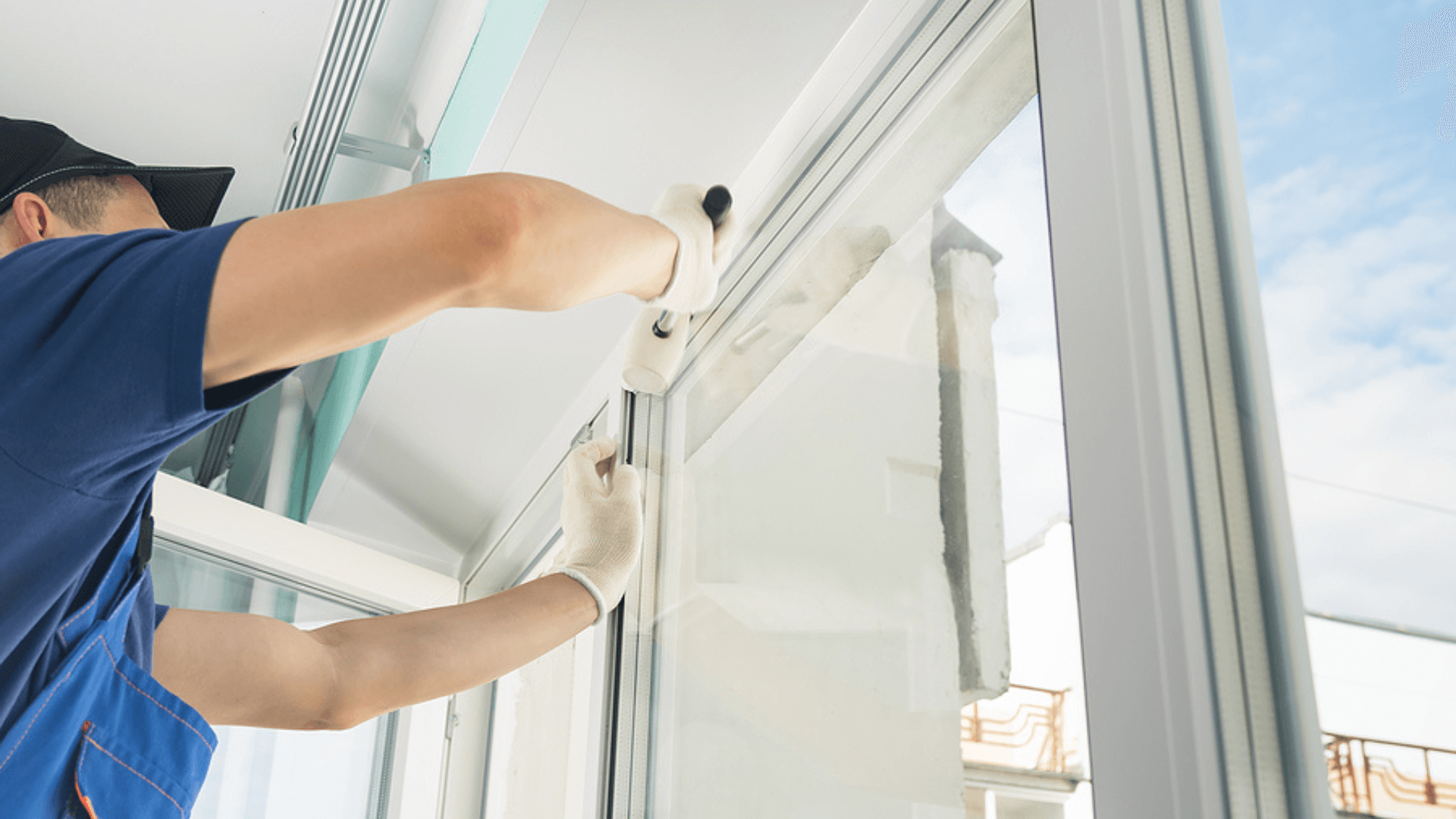Can You Replace A Window Without Replacing The Frame?
Can you replace a window without replacing the frame? This question frequently arises when homeowners seek to enhance their spaces’ aesthetics, functionality, or energy efficiency while maintaining structural integrity.
Whether you’re considering a renovation or simply addressing wear and tear, understanding the possibilities of window replacement within the existing frame is crucial knowledge.
Join us at Wolf River Construction as we shed light on this topic, providing valuable insights and actionable advice to help you make informed decisions for your home improvement ventures. We will give you expert guidance and flawless execution, ensuring your home projects are built to last and exceed expectations.
First, Let's Understand The Main Parts Of A Window
Mainframe: The mainframe is the foundation of the window, providing stability and anchoring the entire window unit securely within the wall.
Sashes: Sashes are movable components within the frame that hold the glass panes, allowing for opening and closing while contributing to insulation and energy efficiency.
Jamb Liner: The jamb liner is a vital component that facilitates smooth movement of the sashes within the frame, ensuring proper alignment functionality and maintaining a weather-tight seal.
So, Can You Replace A Window Without Replacing The Frame?
Absolutely! You can replace a window without replacing the frame if the existing frame is in good condition and matches the desired replacement window’s shape, size, and operating style. This method, known as a pocket frame or insert window replacement, allows for installing a new window within the current frame.
Your approach to the window replacement project will hinge on whether a full-frame insert replacement is necessary or if an insert replacement window will suffice. Evaluate your requirements to determine the best-suited replacement method.
What Are Insert Windows?
Insert windows involve installing a new window unit into the existing frame. The frame remains intact, and only the sashes, hardware, and glass are replaced, updating the window’s appearance and functionality within the existing structure.

When Insert Replacement Window Is An Option
No Water Damage or Rot in the Frame
If the existing window frames are free of water damage or rot, an insert replacement is feasible, preserving the current structure’s integrity and allowing for a simple upgrade.
Good Condition of the Window Frame
When the window frame is in good condition structurally, opting for an insert replacement makes sense, as the frame provides a stable base for the new window installation.
Desire for Same Shape, Size, and Style
If you aim to retain the current window’s shape, size, and operating style, an insert replacement is suitable. It allows for a seamless update while keeping the original frame intact.
Benefits Of Insert Replacement Windows
Cost-effective alternative
Insert replacement windows are a budget-friendly option compared to full-frame replacements. Since they utilize the existing frame, the overall cost of materials and labor is significantly reduced.
Efficient installation process
The installation process for insert replacement windows is quicker and less extensive than full-frame replacements. This window installation translates to less disruption during the installation, making it a more convenient choice for homeowners.
Preservation of trim
One major advantage of insert replacement windows is that they allow you to retain the existing interior and exterior trim. This preservation not only maintains the aesthetic continuity of your space but also reduces the overall project cost and time
Downside Of Insert Replacement Windows
Frame material dependency
Insert replacement windows are limited to homes with structurally sound aluminum or wood frames. If your existing frames are made of other materials, you may need to opt for a full-frame replacement instead.
Limited frame material options
The existing frame’s material restricts your options for frame material in the replacement window. If you desire a different frame material, you might need to choose a full-frame replacement to achieve the desired look and functionality.
Possible future frame replacement
Although insert replacements utilize the existing frame, if the frame deteriorates or requires replacement in the future, it may necessitate a complete frame replacement, resulting in additional expenses and effort.
Design limitations
Insert replacement windows may limit your design options, particularly if you want a significant change in window size or style.
Removal Process
- The first step involves removing the window stop, which is a strip of wood or metal that holds the window sashes in place. It is located on the interior side of the window. Gently pry off the window stop using a pry bar or a putty knife, taking care not to damage the surrounding wall or trim.
- After removing the window stop, you can take out the lower sash. The lower sash is the movable part of the window at the bottom. Lift the sash to release it from its track, then angle it to remove it from the window frame.
- You can then proceed to remove the upper sash. The upper sash is the movable part located at the top. Lift the sash and angle it to release it from the frame. Carefully slide it out of the frame to complete the removal process.
What Is Full-Frame Replacement Window
Full-frame replacement window involves removing the existing window unit, including the frame, and installing a new one. This process offers the flexibility to change the window size, shape, style, and frame material to suit your preferences and design requirements.

When Should You Choose Full-Frame Window
Presence of rot or damage
Opt for a full-frame replacement when your window frame, trim, sill, or casing shows signs of rot, damage, or deterioration. This ensures a complete restoration and durability for the long term.
Remodeling for size or shape
Choose a full-frame replacement if you’re remodeling and wish to alter the window’s shape or size. This option allows customization of your window openings to match your redesign plans seamlessly.
Benefits of Full-Frame Replacement
- Full-frame replacement allows for removal of areas with rotting wood if present.
- It enables inspection of the window opening for signs of water damage.
- Full-frame replacement ensures a precise sash-to-frame fit, increasing energy efficiency.
- You don’t lose any glass unless you change the original window style.
- It allows for adding insulation around the perimeter of the rough opening if needed.
- For cladded wood-style replacement windows, the exterior becomes low maintenance.
Downsides of Full-Frame Replacement Windows
Higher cost
Full-frame replacement windows come at a higher price due to the complete removal of the existing window unit and frame, requiring more materials and labor.
Extensive installation
The process involves removing the entire existing window unit, including the frame, making it more time-consuming and complex than insert replacements, causing potential disruption during installation.
Assign Us Your Window Project

With careful consideration of window shape, size, and operating style, a seamless replacement can be achieved within the existing frame using techniques like pocket frame or insert window replacement.
A crucial takeaway is to assess the condition of the current frame and the compatibility of the replacement window. For expert guidance and impeccable execution of your window project, trust our general contractors at Wolf River Construction to deliver a result that exceeds expectations. Assign us your window project, and let’s transform your space together.
FAQs
Yes, a window frame is indeed necessary for several reasons. Firstly, it provides structural integrity to the entire window unit, supporting the weight and ensuring its stability within the wall. Secondly, the frame is crucial for functionality, allowing the window to open, close, and seal effectively against external elements. It also aids in energy efficiency by preventing drafts and heat loss.
While fitting a window without a frame might seem unconventional, it’s essential to understand that a window frame is a fundamental and non-negotiable component of window installation. The frame provides the window’s necessary structure, support, and functionality, ensuring proper alignment, stability, and insulation. Attempting to install a window without a frame would compromise its integrity and significantly impact its operational capabilities.
If your current frame is in good condition and matches the desired replacement window, an insert replacement can be a cost-effective and efficient choice. On the other hand, if the existing frame is damaged or you want to change the frame style or material, a full-frame replacement is necessary. Overall, determining the right window replacement method depends on the condition of your existing window frame and your specific needs.
The main difference lies in the scope of the replacement. A full-frame window replacement involves removing the existing window unit, including the frame, and installing a completely new window. This is necessary when the existing frame is damaged, rotted, or if you want to change the frame style or material. On the contrary, a window replacement insert keeps the existing frame intact. It replaces only the sashes and operable parts, allowing for a more straightforward and potentially cost-effective upgrade while preserving the original frame.

